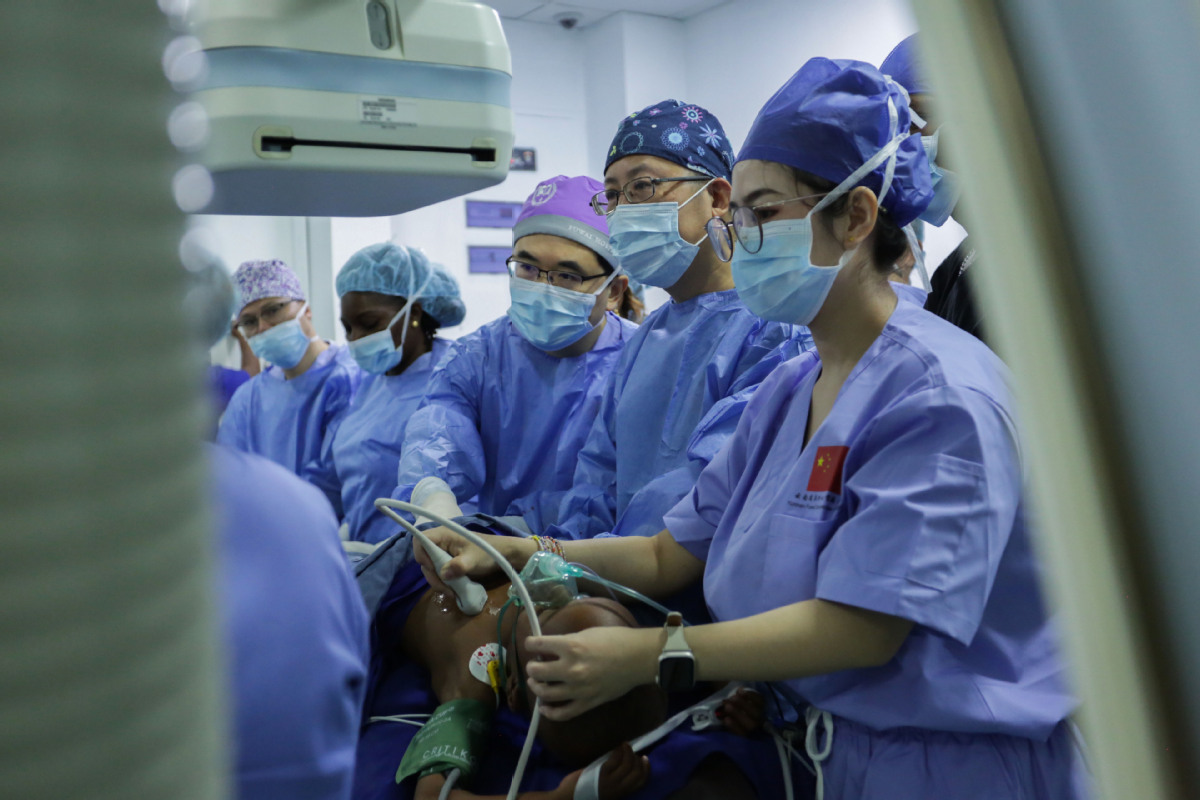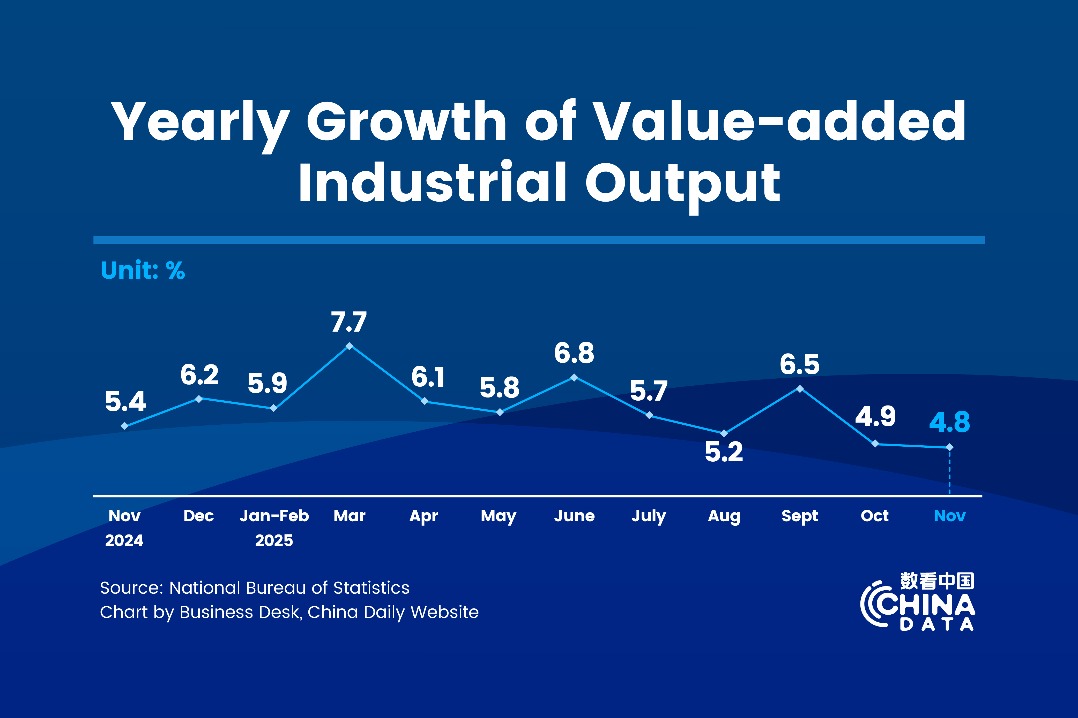Growing recognition of Chinese medical devices
With continuous improvement of China's industrial design, medical research levels, innovation in development of such products is soaring


CHENGDU — How can people in remote and underdeveloped areas access advanced healthcare services? Can tailored medical solutions meet their unique needs? China, with such questions in mind, is boosting technological advancements to map a healthcare blueprint that benefits the world.
Jotham Kimondo, a 35-year-old doctoral student from Tanzania, is currently studying at the University of Electronic Science and Technology of China in Chengdu, capital of Southwest China's Sichuan province.
Under the supervision of Wu Zhe, a professor at the university and director of the Chengdu Tianfu Jincheng Frontier Medical Equipment Research Institute, Kimondo is focusing on the design of ultrasonic medical devices.
As a faculty member in Tanzania, Kimondo aims to study ultrasonic instrument design and manufacturing in China to benefit his home country.
"My research involves innovative design of ultrasonic medical instruments to monitor the pathological changes of human tissues, which is an important indication of disease. Women in Tanzania still rely on traditional methods like a physician's palpation to check for lumps in the mammary examination. This approach greatly depends on a physicians' individual experience and is not always accurate. Also, some women are not willing to do breast examinations," said Kimondo.
Kimondo added that many diseases still plague the people of Tanzania. "I want to improve healthcare in Tanzania, helping people to maintain health. If we develop more innovative ultrasonic medical equipment together in the future, it would be highly beneficial for early screening of breast diseases and other illnesses in Tanzania, especially after those devices become more convenient and cheaper, and can be better promoted across African countries."
At the Tianfu Jincheng Lab City of Future Medicine, over 53 registered companies related to frontier medicine have been attracted to explore the cutting edge of future medical innovation and integrated medicine.
Recently, at the Remote Ultrasound Center of the Tianfu Jincheng institute, a doctor was talking online with another doctor at the ultrasound department of Chengdu Eastern New Area Second People's Hospital, guiding the use of a portable ultrasound device on a patient's carotid artery.
Real-time imaging and relevant data of the ultrasound inspection were displayed on a shared screen, allowing the two doctors to communicate directly, discuss pathological conditions and give professional diagnostic results.
"Traditional high-end ultrasound machines are expensive, costing millions. Rural residents in China's western regions often need to seek ultrasound examinations in higher-level county hospitals," Wu explained.
"Our research efforts aim to enable portable ultrasound devices to be widely used in rural areas of western China for early disease screening and chronic disease management. Compared to high-end ultrasound machines, our portable device significantly lowers costs. Additionally, it is simpler and more convenient to use in grassroots hospitals," Wu added.
Use of this portable ultrasound device, which is the size of a smartphone, has already been implemented in over 10 health centers in Chengdu — providing free carotid and thyroid screenings to more than 2,000 residents.
With the continuous improvement of China's industrial design and manufacturing capabilities and medical research levels, innovation in the development of medical devices is soaring. The growing recognition of Chinese medical devices in overseas markets is resulting in increasing international orders, encouraging more Chinese medical companies to go global.




































